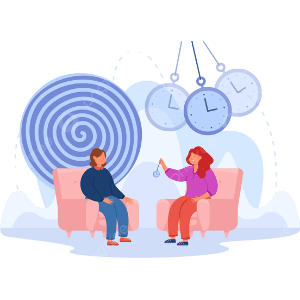

Bullying, threatening, or intimidating others
Initiating physical fights
Using a weapon that could cause serious harm
Physical cruelty to people
Physical cruelty to animals
Stealing while confronting a victim
Forced sexual activity
Property DestructionDeliberate fire setting
Other destruction of property
Deceptiveness or TheftBreaking or entering a house, car, or building
Lying for personal gain
Stealing without confronting the victim (such as shoplifting)
Serious Rule ViolationStaying out at night before the age of 13 years
Running away from home overnight at least twice
Truancy beginning before the age of 13
Brain abnormalities: Imaging studies suggest children with conduct disorder may have some abnormalities in certain areas of the brain. The pre-frontal cortex (which affects judgment) and the limbic system (which affects emotional responses) may be impaired.
Cognitive deficits: Low IQ, poor verbal skills, and impairment in executive functioning may make children more vulnerable to conduct disorder.
Genetics: Studies suggest that inherited genes may be responsible for about half of anti-social behavior.4 Researchers aren’t sure which specific genetic components contribute to conduct disorder.
Social issues: Poverty, disorganized neighborhoods, poor schools, family breakdown, parental mental illness, harsh parenting, and inadequate supervision are all strongly linked with conduct disorder.
ADHD
Self-harm
Substance misuse
Depression and anxiety
Posttraumatic stress disorder
Learning disability
Children with conduct disorder may be more likely to develop antisocial personality disorder later in life.Childhood-onset indicates that the symptoms started before the age of 10.
Adolescent-onset indicates that the signs of the condition began during a child's teens.
Unspecified-onset indicates the age exact age that the symptoms first began is not clear.
The Diagnostic and Statistical Manual (DSM-5), which is used to diagnose mental illnesses, also distinguishes between conduct disorder with or without "limited prosocial emotions."Family therapy: Parents, siblings, and other family members may be invited to attend therapy with the child. Sometimes, improving the relationship between parents and a child may improve family interactions.
Medication: There isn’t a medication that specifically treats conduct disorder. But sometimes doctors may prescribe medication to treat the disorder's symptoms or to address other underlying mental illness.
Parent training: Treatment often involves caregivers and parents. Parents may be taught behavior management strategies and techniques to increase safety in the home if a child is aggressive or violent.
Psychotherapy: Individual therapy may be helpful when a child could benefit from learning new skills, such as anger management and impulse control.
Residential placement: In cases where a child or adolescent's behavior has become out of control, treatment in a residential program may be necessary to keep everyone safe. A therapeutic environment may address substance abuse issues, sexualized behavior, or violence.
Early intervention is key to getting the most effective treatment, so it’s important for parents, educators, and physicians to be aware of the signs of conduct disorder in children so that appropriate referrals and interventions can be put into place.Creating structure
Enforcing limits
Providing clear instructions
Rewarding positive behaviors
Using time-outs after inappropriate behaviors or outbursts
The ultimate goal of such training is to help parents and children interact more effectively. This can lead to less conflict and help children better regulate their behavior.